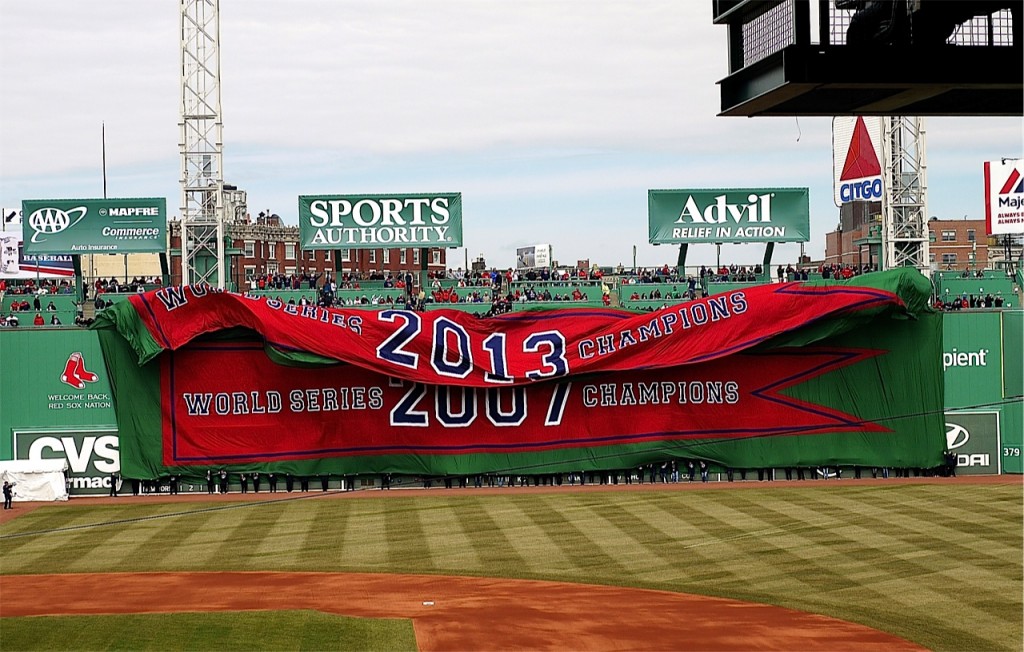
Contest #1 – Always a part of these contests, these questions give contestants the chance to use their knowledge, loyalty, concentration of a specific team.
Are you a ‘homer’ or not? (a sports fan who is so blinded by their loyalty to their favorite team that they can’t be objective about the team’s prospects for the coming year):
a. Name your team
b. What will their season record be?
c. Where will they end up in their Division at the end of the season?
d. Will they make the 12 team playoffs?
e. If so, how far will they go in those playoffs?
f. What will be the reason for well or how poorly they do this year? Be as specific as possible.
Prize: A copy of Joe Posnanski’s The Baseball 100 or of his new book, Why We Love Baseball.
Contest # 2 – Name the three teams in each league that will win their Division:
a. AL East (Yankees 2024)
b. Al Central (Guardians 2024)
c. AL West (Astros 2024)
d. NL East (Phillies 2024)
e. NL Central (Brewers in 2024)
f. NL West (Dodgers in 2024)
Prize: A copy of Joe Posnanski’s The Baseball 100 or a copy of his new book, Why We Love Baseball.
Contest #3 – True / False:
a. Neither of these two teams will make it to the World Series, despite all the money they spent this off season: LA Bums or New York Mets.
b. Some one will hit more than 60 Home Runs this year (2024 Judge 58, Otahni – 54)
c. At least five batters will strike out 200 or more times this year. (Two did in 2024)
d. There will be no 20 game winning pitchers this year. (None in 2024)
e. No team will win 100 or more games this year. (Dodgers won 98, the most in 2024)
Prize: Join me for a Nats’ game in DC, or I’ll try to join you, if possible, for any regular season game elsewhere. In either case, I’ll buy the tickets. You can buy the food and drinks.
Contest #4 – Also a recurring question:
a. Who will be the four teams making it to the League Championship series (ALCS & NLCS) in 2025?
b. What two teams will actually make it to the World Series?
c. How many games will the WS go?
d. Which team will win the WS?
e. What are the reasons that team will win?
Prize: One ticket to the 2025 All Star game or the 2025 World Series.
Contest #5 – Make a specific, detailed, and prescient prediction about the 2025 MLB season. The winner of this contest will be chosen by the 2025 MillersTime contestants.
Prize: Join me for a Nats’ game in DC, or I’ll try to join you, if possible, for any regular season game elsewhere. In either case, I’ll buy the tickets. You can buy the food and drinks.
Due Date for Submissions: March 27th
(The season will actually begin with the Toyko Series between the Dodgers and the Cubs on March 18-19 at the Tokyo Dome. The traditional Opening Day in North America will be March 27.)



 I’m not sure if the contestants in this year’s 2015 MillersTime Baseball Contests are geniuses, fools, frustrated writers, or wannabe comedians (see #s 28, 32, and 43, for example).
I’m not sure if the contestants in this year’s 2015 MillersTime Baseball Contests are geniuses, fools, frustrated writers, or wannabe comedians (see #s 28, 32, and 43, for example).